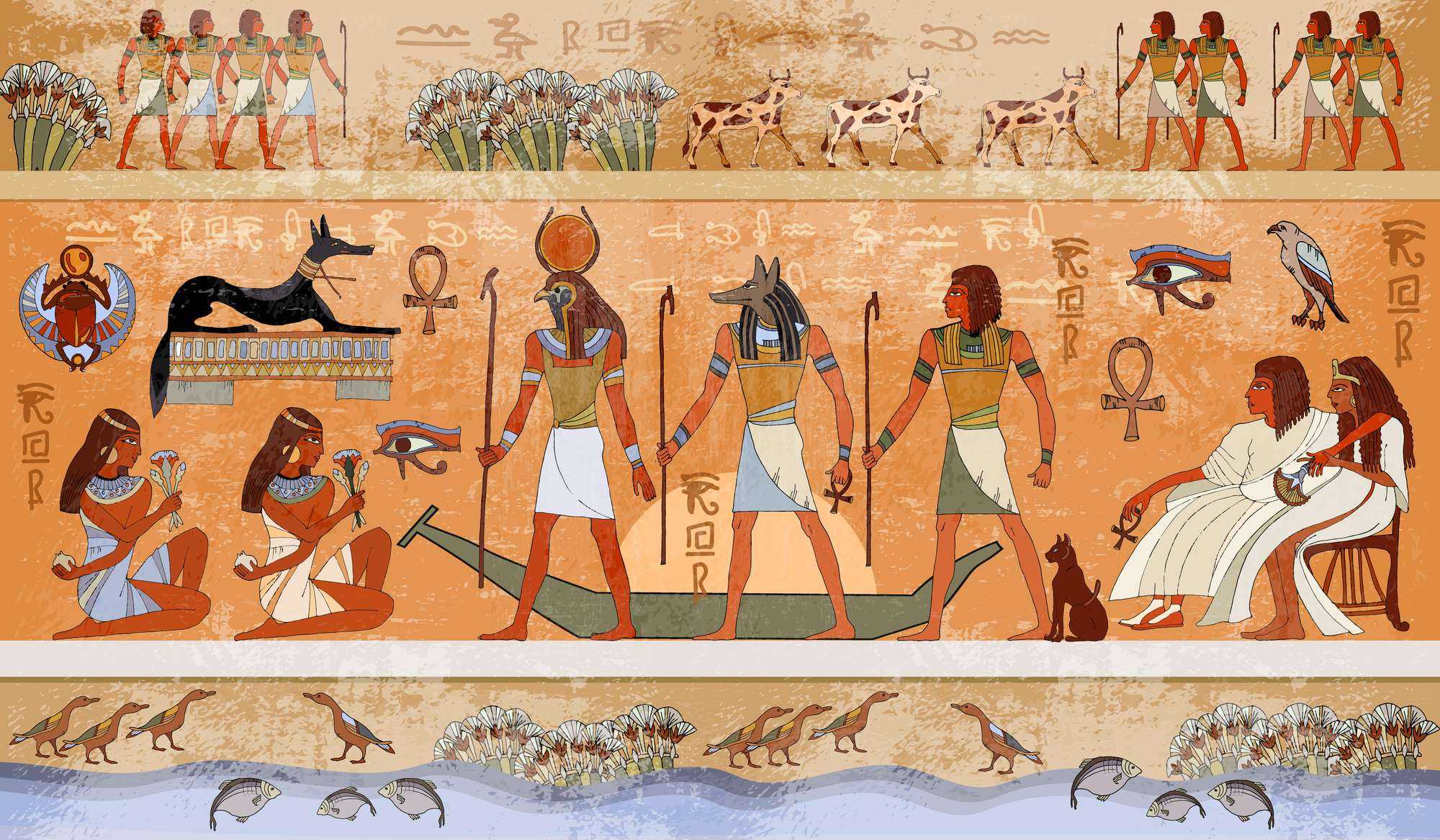BY DAVE RANKIN
From the very onset Rameses the 1st was appointed the new ruler of ancient Kemet, he had one thing in mind, to uphold the tradition of having his heir succeed him on the throne. As we have seen with the pharaohs of the late 18th Dynasty, namely King Tut, Aye, and Horemheb, a nesew without an heir leaves the nation in great peril. History would not repeat itself this time as we introduce this week’s subject, Seti the 1st.
Unlike his father, who was clearly aged at the time of his ascension. Seti the 1st was in the prime of his adult years, something that Kemet hadn’t witnessed in a while. Rameses the 1st made sure Seti was schooled in the ways of kingship. Rameses the 1st appointed his son to hold various positions of office during his short reign. The two positions that should stand out to us are the following.
The first, Seti the 1st, was acting general of foreign policy. However, the second and more important one, was a position similar to that of a vizier. As vizier, Seti the 1st would be privy to major nation building discussions while his father was alive. But as nesew, Seti the 1st displayed what he had learned during his time in office, coupled with his military experience. This laid the foundation for one of Kemet’s greatest dynasties.
With his visions set on the glorious days of Thutmosis the 3rd, Seti the 1st set out on a campaign to reclaim the empire once established in Asia. Similar to Tuthmosis the 3rd, Seti had his feats of war etched on the North Wall of the Great Hypostyle Hall at Karnak, a magnificent structure that has stood the test of time. He departed from the “border fortress of Tjel” and headed straight to Raphia, a Palestinian city located somewhere along the Gaza Strip.
Along the way, he battled with the Shasu Bedouin. The semitic speaking nomads were pests along the eastern Palestinian frontier and needed to be dealt with. This inscription from the Great Wall tells us the following. “Their tribal chiefs are gathered together… They have taken to cursing and quarreling, each of them slaying his neighbor, and they disregard the laws of the palace.”
What the Shasu didn’t know was that there was a reason why Seti the 1st was named the “Powerful bull that give life to the Two Lands after having been crowned at Thebes.” Seti the 1st captured Raphia relatively easy. Kemetian military fortified this giving the Kemetians a strategic foothold, as it secured fresh water from the wells along the trade route through Gaza called “The Ways of Horus.” It is here where I will insert a small passage from the chiseled reliefs at Karnak that tell us of the victory. “The destruction which the mighty sword of the Pharaoh made among the vanquished of the Shasu… his majesty marched against them like a fierce-eyed lion, making them carcasses in their valleys…”
He then went on to capture Gaza and sent the army of Ra, ‘Plentiful of Valor’ to Beth Shan and Reheb. He also sent the armies of Amen, ‘Mighty of Bows’ and Seth, ‘Strong of Bows’ to Hamath and Yenoam. Successful in their battles, they also captured Acre, and Tyre and had sights on Lebanon. The nesew beat the local Lebanese chiefs into submission, and as one author put it, ‘they were compelled to cut down valuable cedar woods as tribute.’
Tremendous achievements for the 1st year nesew who adopted the name ‘Repeater of Birth.’ It points us to a new beginning adding to the greatness of Kemet’s legacy.

